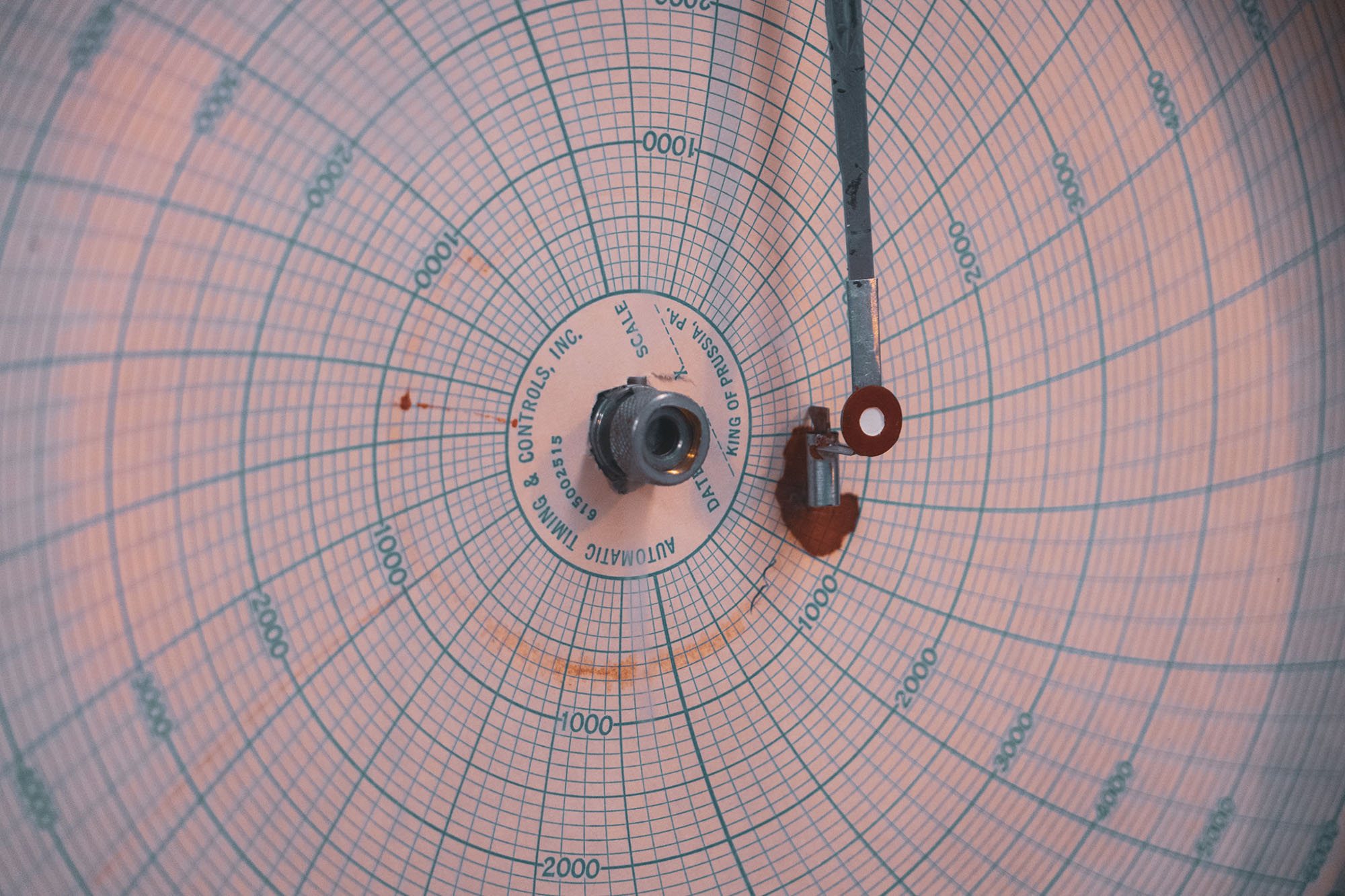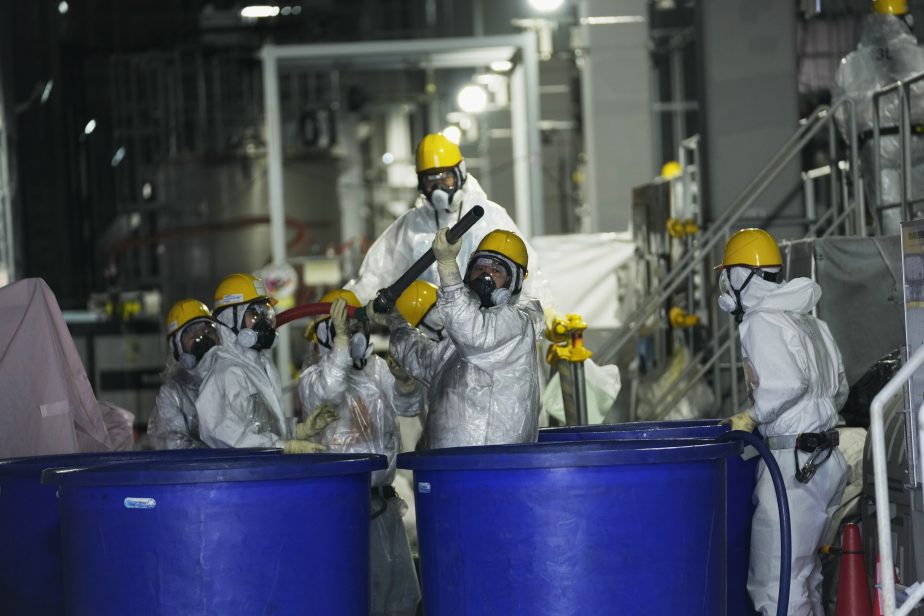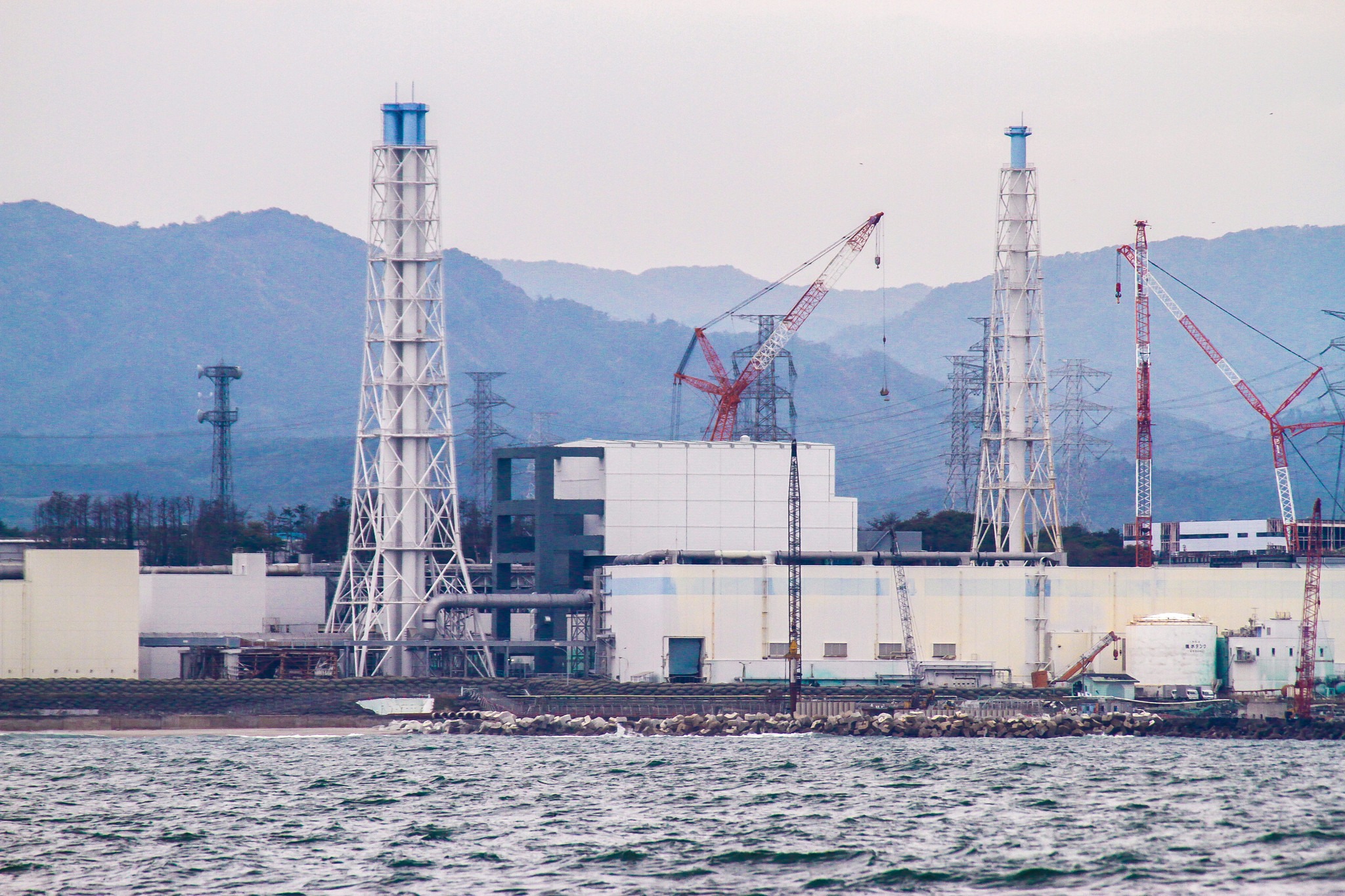Japan Should Reconsider Plutonium Policy
On May 13, Japan’s Nuclear Regulation Authority (NRA) approved a draft report concluding that Japan’s first commercial reprocessing plant at Rokkasho, Aomori, meets new regulatory standards set by the NRA after the 2011 Fukushima nuclear accident.
The reprocessing plant, which was originally scheduled to start working in 1997, can finally start commercial operation in early part of 2021 after 24 postponements. This is not just another nuclear facility approved by NRA after the Fukushima accident. The Rokkasho reprocessing plant, which separates plutonium from spent nuclear fuel at about six to eight tons per year, could raise international security concerns.
As of the end of 2018, Japan has already accumulated 45.7 tons of separated plutonium, which is the largest stockpile owned by a non- nuclear weapons state. Although Japan has a clear policy that it will never hold plutonium which does not have specific civilian use, it is becoming increasingly difficult to keep its promise as the plans to consume the element have not progressed as planned.
First, the government decided in 2016 that it would decommission a prototype fast breeder reactor, MONJU, which was supposed to be a bridge toward the commercialization of the complete nuclear fuel cycle. Second, the plan to use plutonium fuel (called MOX fuel) for 16-18 conventional light water reactors (LWRs), has also been delayed. It is expected that demand for plutonium will be very limited as only four LWRs are currently operating.
As a result, if the Rokkasho reprocessing plant starts its operation, it is likely that Japan’s plutonium stockpile will grow further.
In order to minimize international concerns, Japan’s Atomic Energy Commission (JAEC) published a new report, “Basic principles on Japan’s utilization of plutonium,” July 31, 2018.
For the first time, JAEC publicly declared that Japan will “decrease its plutonium stockpile” or at least “its stockpile is not to increase beyond its current level.” This is a significant positive step toward reducing the plutonium stockpile, but it may not be sufficient, mainly because the Japanese government has maintained its reprocessing policy, which does not allow for the disposal of nuclear spent fuel.
Japanese utilities have no choice but to commit to reprocess their spent nuclear fuel. This inflexibility of Japan’s nuclear fuel cycle policy is the main problem in dealing with spent nuclear fuel and has led to the large plutonium stockpile. Now Japan needs to strengthen its plutonium management policy and eventually reconsider its reprocessing policy in order to reduce the plutonium stockpile and to minimize the international concerns.
In May 2019, a study group at Sasakawa Peace Foundation, which I chaired, published a series of recommendations to the Japanese government to deal with the plutonium stockpile question. Here are the main points.
1. Pursuing international storage of plutonium: Put “excess” plutonium under International Atomic Energy Agency (IAEA) custody. In order to increase international confidence, Japan can declare “excess” plutonium, which is beyond a reasonable “working
stockpile,” and put it under IAEA custody. Japan can withdraw such “excess” plutonium when it is needed.
2. Strengthening the international Guidelines for the Management of Plutonium that are current international norms: Propose new international norms for reducing existing stocks based on JAEC’s new principles, and restrain reprocessing.
In 1997, nine countries, including the U.S., Russia, France, China, Japan, and Germany, agreed to the Guidelines for the International Management of Plutonium (INFCIRC/549). Under the guidelines, each country publishes its plutonium stockpile to increase the transparency of plutonium policy. It was also meant to “balance supply and demand of plutonium.”
However, Tokyo’s stockpile has increased significantly since then, and now is a good time to strengthen the guidelines. The report recommended that any new guidelines should follow the new principles the JAEC adopted in 2018, committing to reduce its stockpile and restrain reprocessing to match specific demand.
3. International cooperation toward reducing existing stocks: Establish an international forum on the disposal of plutonium stocks.
As of the end of 2018, five countries (the U.S., Russia, U.K., France and Japan) held 99 percent of the global non-military stockpile (380 tons). It is therefore useful for those five countries to establish an international forum on the disposal of plutonium stocks, and to discuss possible international cooperation among them. It is possible to find a mutually beneficial and faster, and possibly more cost- effective disposal plan.
4. Give priority to dry storage for spent fuel management, and have a third-party agency assess the options for the nuclear fuel cycle.
Finally, it is a good time for Japan to assess all possible options to deal with spent fuel, including direct disposal of spent fuel without reprocessing, by setting up an independent, third-party group, which has been missing in the assessment of Japan’s nuclear energy policy. Meanwhile, the Japanese government and utilities firms should put a higher priority on dry cask storage of spent fuel in order to avoid unnecessary reprocessing.
These new policies would increase international confidence in Japan’s plutonium management policy and eventually reduce and eliminate Japan’s unnecessary plutonium stockpile.
Dr. Tatsujiro Suzuki is vice director and professor at the Research Center for Nuclear Weapons Abolition, Nagasaki University (RECNA). He was a vice chairman of the Japan Atomic Energy Commission of Cabinet Office from 2010 to March 2014. He is also a member of the Asia-Pacific Leadership for Nuclear Non- Proliferation and Disarmament (APLN). His article was published in cooperation with the APLN.
This article was first published in The Korea Times on 15 July 2020 and is part of dedicated, regular column with analysis by APLN members on global issues. You can access the original post here.
Image: Unsplash stock, Dan Meyers.




